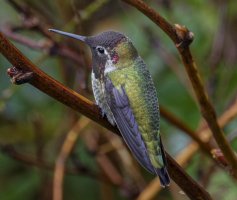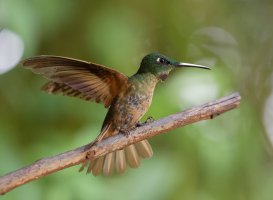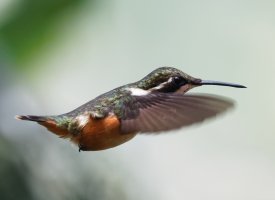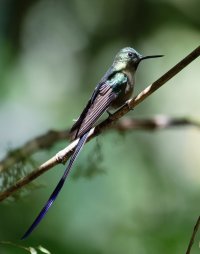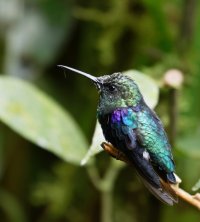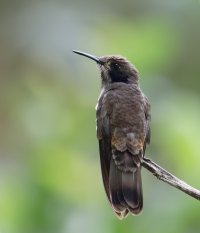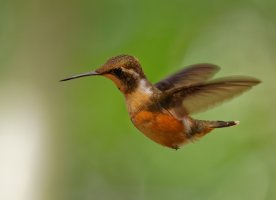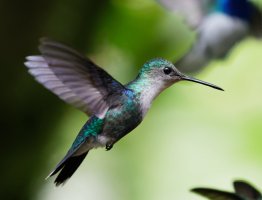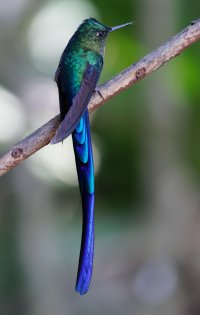L
Loswr
Guest
Lol, no. Just…no.About the "L" classification, Canon has always been very clear about what L means: L only means that the glass is treated with Fluorite coating. It says nothing about the IQ, the weather-sealing etc.
If this lens has no fluorite coating, it is not L.
First of all it’s a fluorine coating , not a fluorite coating. Fluorite is calcium fluoride (CaF₂), the mineral grown as a crystal and used to make lens elements. Fluorine is actually a reactive gas, what Canon uses for lens coatings are really polyfluorinated alkyls (Teflon and other non-stick coatings used in cookware are in that chemical class).
But more importantly, though modern L lenses have a fluorine coating, that’s not what defines an L lens. The first lens with a fluorine coating was the EF 70-300L in 2010, and L series lenses have been around for >40 years.
The L stands for Luxury, not fLuorine. Canon has stated, "These lenses use special optical technologies [such as] Ultra-low Dispersion UD glass, Super Low Dispersion glass, Fluorite elements, and Aspherical elements to truly push the optical envelope."
Upvote
0

